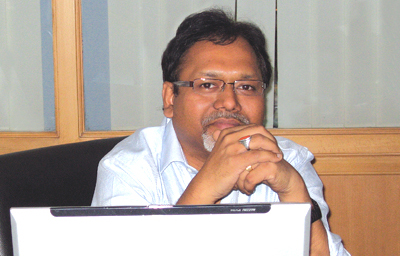INDIAN ARMED FORCES CHIEFS ON
OUR RELENTLESS AND FOCUSED PUBLISHING EFFORTS

SP Guide Publications puts forth a well compiled articulation of issues, pursuits and accomplishments of the Indian Army, over the years

I am confident that SP Guide Publications would continue to inform, inspire and influence.

My compliments to SP Guide Publications for informative and credible reportage on contemporary aerospace issues over the past six decades.
A Word from Editor

It is comforting to know that the government has apparently decided that no cost is too much when it comes to safeguarding our national security. This augurs well for the country’s strike force.
Make no mista ke about it: the Indian Air Force (IAF) is certainly bullish on modernising its combat aircraft fleet. It has gone full throttle to get the best possible medium multirole combat aircraft (MMRCA) available in the global market. It would augur well for the future of the country’s strike force if thinking in the political establishment runs parallel to the IAF’s aspirations.
The offer by the US of the F-35 joint strike fighter (JSF) to India could provide new windows of opportunity for the Indian aerospace industry for a quantum technology leap. Air Marshal (Retd) V.K. Bhatia takes a closer look at the pros and cons of this remarkable aircraft—perhaps, as he says, “the only one in the world being developed from the beginning in vastly different variants to suit the multifarious needs of its various users”. He points out that the offer of a fifth generation fighter of the F-35 class with a price tag of $65 million “is too mouth-watering to be ignored in totality.” The offer is unprecedented, taking even the experts by surprise. Despite the conflicting pressures on decision-makers, the underlying imperative is that the IAF must receive the very best.
But that said, while buying off-the-shelf fighter aircraft may be a good idea, we cannot overlook a key aspect of modernisation: research and development (R&D). As Air Chief Marshal N.A.K. Browne admitted to SP’s Aviation, in the absence of a sound R&D base, the IAF risks being left behind by other air forces of the world. We feature the Air Chief’s views on the need for defence PSUs and other defence industry players to help the Defence Research and Development Organisation (DRDO) address the issue.
Be it for individuals or airlines, birthdays are always special. As civil aviation in India celebrates its centenary year, R. Chandrakanth writes on some of the beacons that guide the airline industry. Estimates suggest that domestic air travel in India will soar higher, thanks to low-cost carriers and the burgeoning upwardly mobile population. The 180 planes that IndiGo has ordered from Airbus and the 92 ordered by GoAir at the recent Paris Air Show prove this.
A.K. Sachdev, in his article, ponders a disturbing question: what ails regional aviation activity? The Directorate General of Civil Aviation (DGCA) is obviously flying blind, “due to a shortage of qualified personnel.” This impacts monitoring flight and ground operations of air carriers and makes it difficult for airports to work optimally. A fall-out of this sad state of affairs is the stunted regional aviation activity in the Northeast, says A.K. Sachdev.
The aviation sector is often unfairly painted as one of the bad boys of global warming; never mind if flying produces just a fraction of the greenhouse gases that heat up the atmosphere. Air Marshal Bhatia makes out a credible case for ‘green aviation.’ Humans like to explore and having conquered the final frontier of space, the quest is now on to reach out to other planets in this solar system. Joseph Noronha salutes the human spirit of adventure in his article.
Well, on a more down to earth note, as I said in the beginning, it is comforting to know that the government has apparently decided that no cost is too much when it comes to safeguarding our national security. This augurs well for the country’s strike force.





